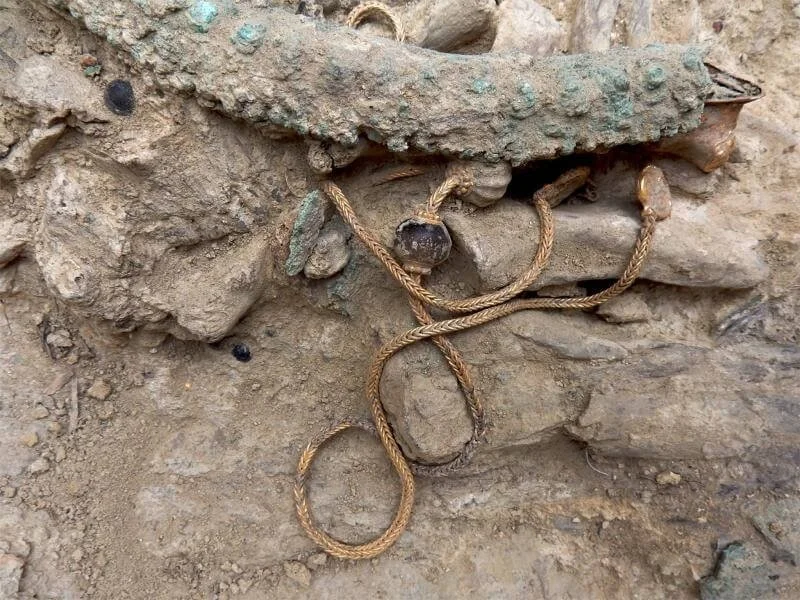Archaeologists excavating in the southern area of the La Lentejuela Teba necropolis have discovered two Megalithic dolmens.
The La Lentejuela Teba necropolis is a concentration of burial structures located near Málaga, Spain. Previous excavations have identified 13 structures since the site was first studied in 2005, with recent excavations by the University of Cádiz (UCA) uncovering two new Megalithic dolmens.
This season has focused on a dolmen identified as Funeral Structure 1. The dolmen has a bent corridor that gives access to an antechamber, differentiated from the corridor by the presence of two vertical orthostats.
Preliminary dating suggests that the structure was constructed during the end of the 4th millennium BC, however, the dolmen was reused during the 3rd millennium BC by the Bronze Age people living nearby to deposit their dead inside small spaces built into the structure.
Serafín Becerra from UCA said: The Bronze Age populations deposit their deceased in this tomb and even built small spaces inside the dolmen to bury them individually, or at most with two individuals.”
The researchers have also applied new technologies to record all the structures at the necropolis by using aerial photography with a drone, 3D digital scanning, photogrammetry, precision topography through the use of total stations and differential GNSS.
Archaeological samples have also been taken to further date and build a chronology of the site, in addition to further understand the funerary practices of the people that inhabited the region during prehistory.






